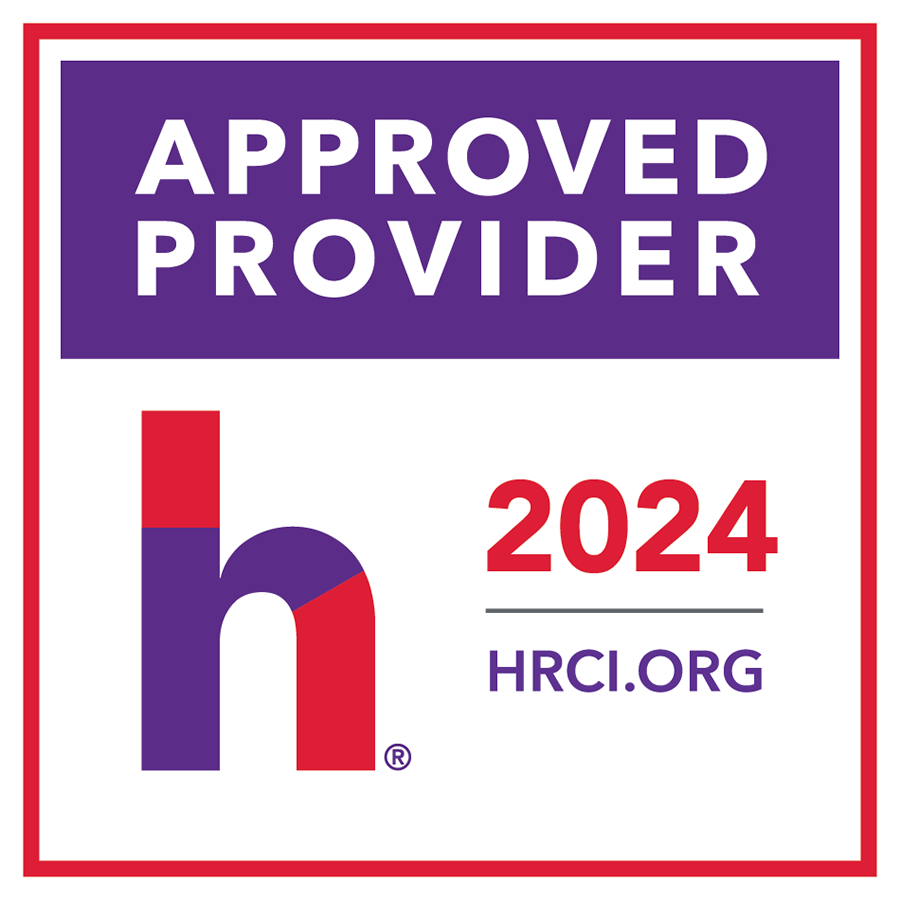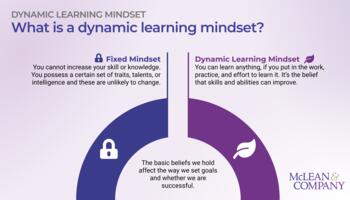- Organizational leaders remain unsatisfied with the performance of their current L&D functions.
- Employees are leaving organizations because they are not receiving the training and development that they were promised when they were hired.
Need Extra Help?
Speak With An Analyst.
- Get on-demand project support
- Get advice, coaching, and insight at key project milestones
- Go through a Guided Implementation to help you get through your project

Our Advice
Critical Insight
- L&D can’t be all things to all people. It needs to be focused on proactively identifying and developing the critical learning needs that will enable the organization to deliver on their strategic objectives.
Impact and Result
- Highly effective HR departments create programs that are deeply aligned with the strategic needs of their organizations. L&D departments need to do the same.
- Involve key stakeholders from the beginning and perform a comprehensive needs analysis to understand the type of support from L&D that would be most valuable.
- Create an L&D framework that details a vision, objectives, primary learning needs, employee groups, core delivery methods, measurement, and governance to ensure that your L&D function has a clearly articulated purpose and roadmap for the future.

Create a Learning & Development Strategy

This program has been approved for continuing professional development (CPD) hours under Section A of the Continuing Professional Development (CPD) Log of the Human Resource Professionals Association (HRPA).

McLean & Company is recognized by SHRM and can award Professional Development Credits (PDCs) for the SHRM-CP® or SHRM-SCP®.

HR Certification Institute's® (HRCI®) official seal confirms that McLean & Company meets the criteria for pre-approved recertification credit(s) for any of HRCI’s eight credentials, including SPHR® and PHR®.
How to complete this course:
Use these videos, along with the Project Blueprint deck above, to gain an understanding of the subject. Start with the Introduction, then move through each of the Course Modules. At the end of each Module, you will be required to complete a short test to demonstrate your understanding. You will complete this course when you have completed all of the course tests.
- Number of Course Modules: 5
- Estimated Completion Time: 1.5 hours
Learning Outcome
Learners will be able to explain the process of creating a Learning & Development strategy, with a focus on creating and implementing a framework that will guide current and future critical learning initiatives.
Learning Objectives
By the end of this course, learners will be able to:
- Recognize the value of having an L&D strategy.
- Learn how to analyze the organization to understand L&D gaps and needs.
- Define the ideal future state of L&D using an L&D framework.
- Create an action plan to implement the L&D framework.
Course Modules

Academy L&D Strategy: Introduction: Create a Learning and Development Strategy

Academy L&D Strategy: Module 1: Analyze Your Organization to Understand L&D Needs

Academy L&D Strategy: Module 2: Define the Ideal Future State of L&D

Academy L&D Strategy: Module 3: Standardize Your Approach for Measurement and Governance

Academy L&D Strategy: Module 4: Create an Action Plan to Implement the L&D Framework
Workshop: Create a Learning and Development Strategy
Workshops offer an easy way to accelerate your project. If you are unable to do the project yourself, and a Guided Implementation isn't enough, we offer low-cost delivery of our project workshops. We take you through every phase of your project and ensure that you have a roadmap in place to complete your project successfully.
Module 1: Define a Vision for L&D
The Purpose
- Define L&D vision.
Key Benefits Achieved
- A vision for the L&D team
Activities
Outputs
Conduct SWOT analysis.
Identify insights for learning.
Create a vision for L&D.
- Vision for L&D
Module 2: Define Objectives and Metrics
The Purpose
- Define objectives and metrics and identify priority learners.
Key Benefits Achieved
- Clear objectives, metrics, and key employee groups identified
Activities
Outputs
Define L&D objectives and identify strategy metrics.
- Objectives and metrics
Review and prioritize employee groups.
- Identified key employee groups
Determine employee profiles and characteristics.
Module 3: Define the L&D Framework
The Purpose
- Define the L&D framework.
Key Benefits Achieved
- Determined primary learning needs, core delivery methods and a developed governance map
Activities
Outputs
Determine primary learning needs.
- Primary learning needs
Select core delivery methods.
- Core delivery methods
Create a governance map.
- Governance map
Module 4: Identify Outcomes and Initiatives
The Purpose
- Identify outcomes and initiatives for L&D programs.
Key Benefits Achieved
- Prioritized initiatives for employee groups
Activities
Outputs
Identify key initiatives.
- Prioritized initiatives to realize L&D framework
Examine learning infrastructure.
Review and confirm the prioritization of initiatives.
Module 5: Develop an Initiative Roadmap
The Purpose
- Develop a high-level roadmap of strategic L&D action items.
Key Benefits Achieved
- A completed roadmap of strategic L&D initiatives
Activities
Outputs
Assess L&D capabilities.
Create a roadmap of strategic L&D action items.
- High-level Gantt chart of L&D initiatives
Create a Learning and Development Strategy
Transform your learning and development function from reactive to strategic.
Executive Summary
McLean & Company Insight
L&D can't be all things to all people. It needs to focus on proactively identifying and developing the critical learning needs that will enable the organization to deliver on its strategic objectives.
Situation
- Delivering effective learning and development (L&D) to employees is a key driver of bottom-line results; organizations with strong L&D programs are more profitable, more productive, and have greater customer satisfaction.
- Today, the increased role that individuals play in creating value for organizations makes a focus on L&D even more critical.
Complication
- Organizational leaders remain unsatisfied with the performance of their current L&D functions.
- Employees are leaving organizations because they are not receiving the training and development that they were promised when they were hired.
Solution
- Highly effective HR departments create programs that are deeply aligned with the strategic needs of their organizations. L&D departments need to do the same.
- Involve key stakeholders from the beginning and perform a comprehensive needs analysis to understand the type of support from L&D that would be most valuable.
- Create an L&D framework that details a vision, objectives, primary learning needs, employee groups, core delivery methods, measurement, and governance to ensure that your L&D function has a clearly articulated purpose and roadmap for the future.
Before starting this project
Be prepared to:
- Gather information about the strategy and goals of the organization.
- Speak with key senior stakeholders to understand their objectives and feedback on current L&D initiatives.
- Work cross-functionally with functional leaders and other stakeholders in HR (including business partners and Talent Management leaders).
This blueprint is most helpful when:
- The learning function is reactive, and the L&D leader wants to be proactive in identifying high-impact priorities.
- Learning has been identified as a priority area for key stakeholders; use McLean & Company's HR Organizational Alignment Diagnostic to understand how your stakeholders see the function.
An L&D strategy includes the following:
- Conducting a rigorous needs analysis that evaluates what learning will have the greatest impact on achieving the strategic goals of the organization.
- Evaluating and updating how the L&D function operates and what activities it should be engaged in to best meet those priority needs.
- Identifying gaps (in programs, infrastructure, and capabilities) that are limiting L&D's ability to realize the desired future state, and creating a clear action plan to guide the function into the future.
McLean & Company Insight
There is no shortcut for a rigorous and planful needs analysis. Even though it is easier and less time consuming to skip the phase of gathering information from stakeholders, the L&D strategy needs to be grounded in a solid understanding of the organizational objectives and the potential obstacles to achieving them.
 Create a Learning and Development Strategy
Create a Learning and Development Strategy
 Reimagine Learning
Reimagine Learning
 Equip Managers to Foster a Dynamic Learning Mindset
Equip Managers to Foster a Dynamic Learning Mindset
 Equip HR to Foster a Dynamic Learning Mindset
Equip HR to Foster a Dynamic Learning Mindset
 Identify Strategic Direction to Drive Aligned Action
Identify Strategic Direction to Drive Aligned Action